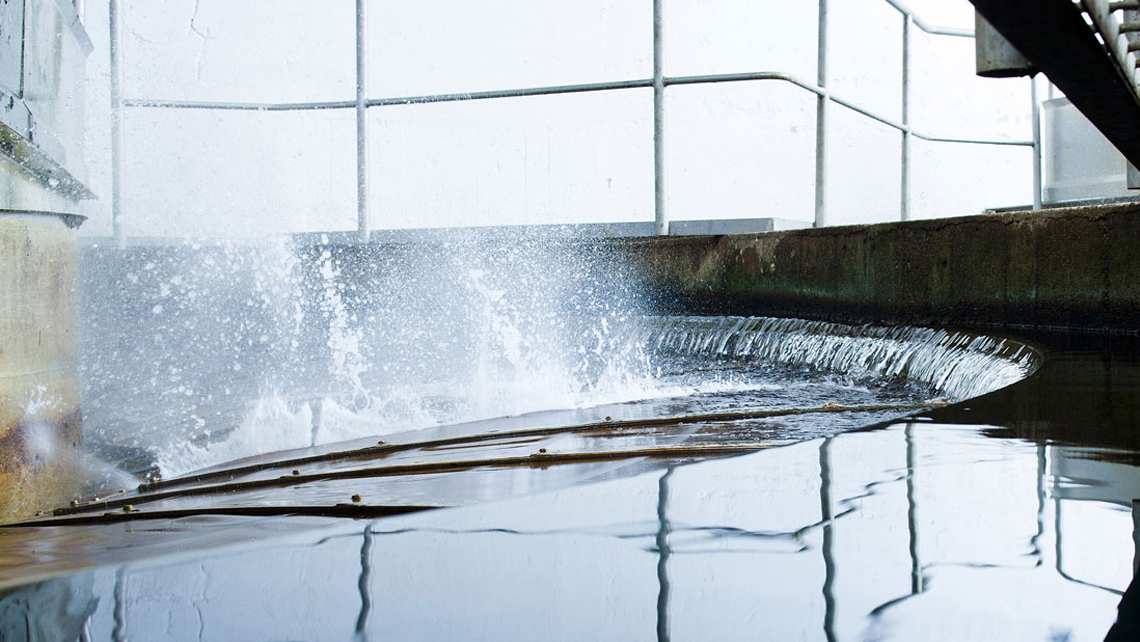The right dose of chemicals to the right place at the right time. The recipe for optimized water treatment performance at a pulp or paper mill is simple, but the varying conditions make it difficult in practice.
Recently, Kemira asked a group of industry experts to engage in scenario work to investigate the possible futures of food packaging. One of the four scenarios identified paints a picture of a strictly regulated market. What kind of challenges and opportunities would this mean for the fiber-based packaging value chain if it became a reality?
When food-related goods and services are only a few clicks away from consumers, what is required from food packaging? Quite a lot, and chemistry plays an important role in enabling the functionalities required of fiber-based packaging. An expert panel investigated some possible future scenarios for food packaging, and discovered a future where convenience is king.
It’s time for the entire value chain to pool its efforts to make a lasting impact with sustainable and circular packaging solutions. One such forum is the 4evergreen alliance, which Kemira is participating in.
Sunflower oil instead of fossil-based olefins – Kemira innovation in internal sizing chemistry helps paper and board producers increase the share of renewable raw materials in their production. Here are the most frequently asked questions about our novel renewable sizing chemistry, the sunflower ASA, and answers to them.
In Kemira R&D, complementing and replacing fossil-based raw materials with renewable ones is a goal of several on-going projects. One such project is the EU funded VEHICLE, which keeps Research Scientist Brita Peltokoski busy.
Recently, Kemira investigated what food and its packaging could look like in ten years’ time. Four possible futures were identified in the scenario work, and one of them is all about green packaging experiences.
As brand owners are making pledges to improve the sustainability of their packaging, paper and board producers are seeking alternatives to fossil-based raw materials. In this webinar, we discuss the role of hydrophobation and introduce a novel internal sizing chemical for paper and board applications.
Food is much more than simply what’s on the plate. For many, it is also a significant way of self-expression – not just fuel for the engine, but something that describes and defines who we are. We recently investigated how we will purchase, package, and consume food in ten years’ time. According to one of the four future scenarios that were identified, “You are what you eat” could be the mantra that most consumers will live by.
The food industry and the food packaging value chain are rapidly changing, challenged by the need to be more sustainable and resource-efficient and to meet the demands of urban consumers. What does the future of food and food packaging look like?
